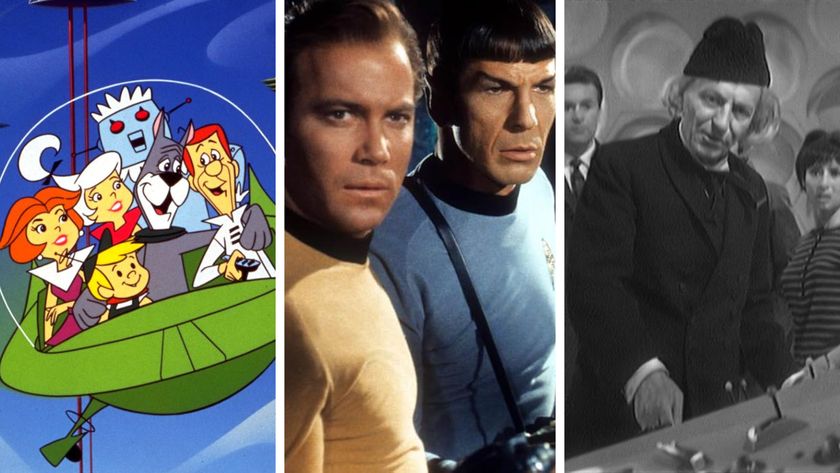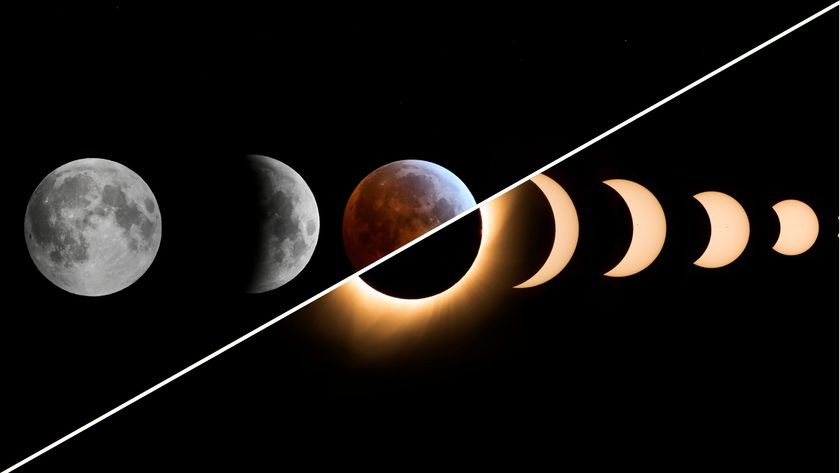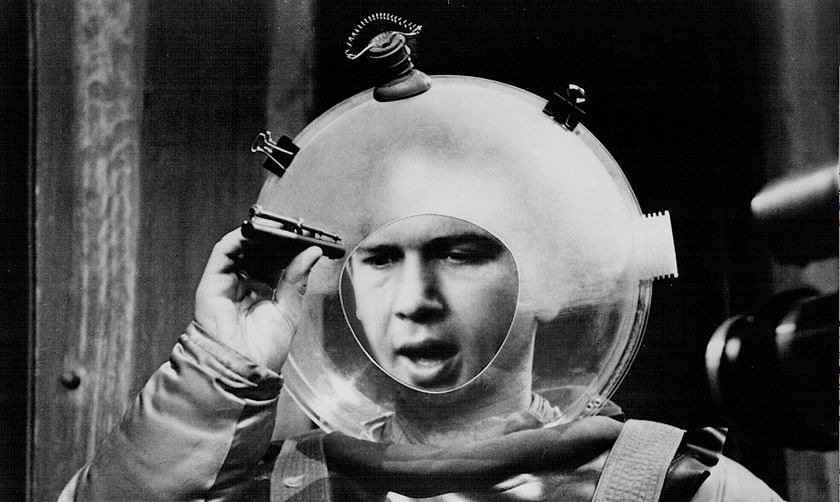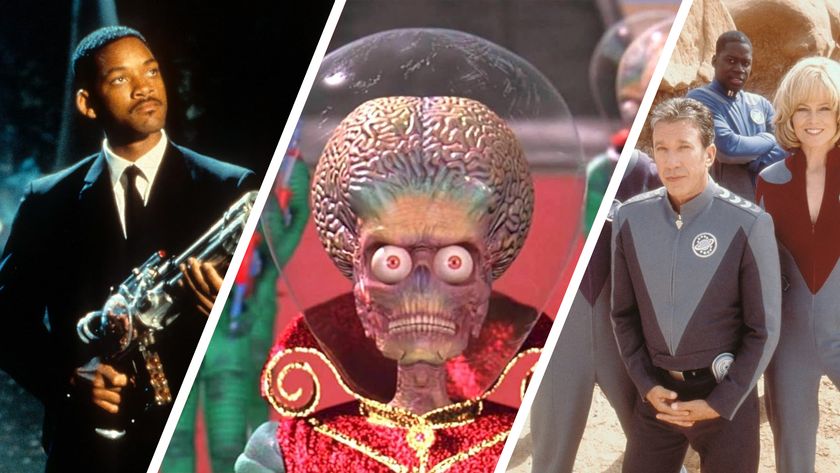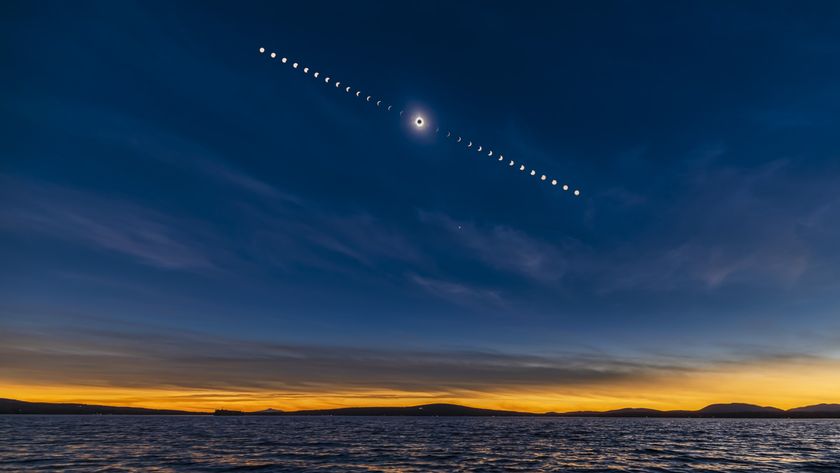How Big Is Pluto?
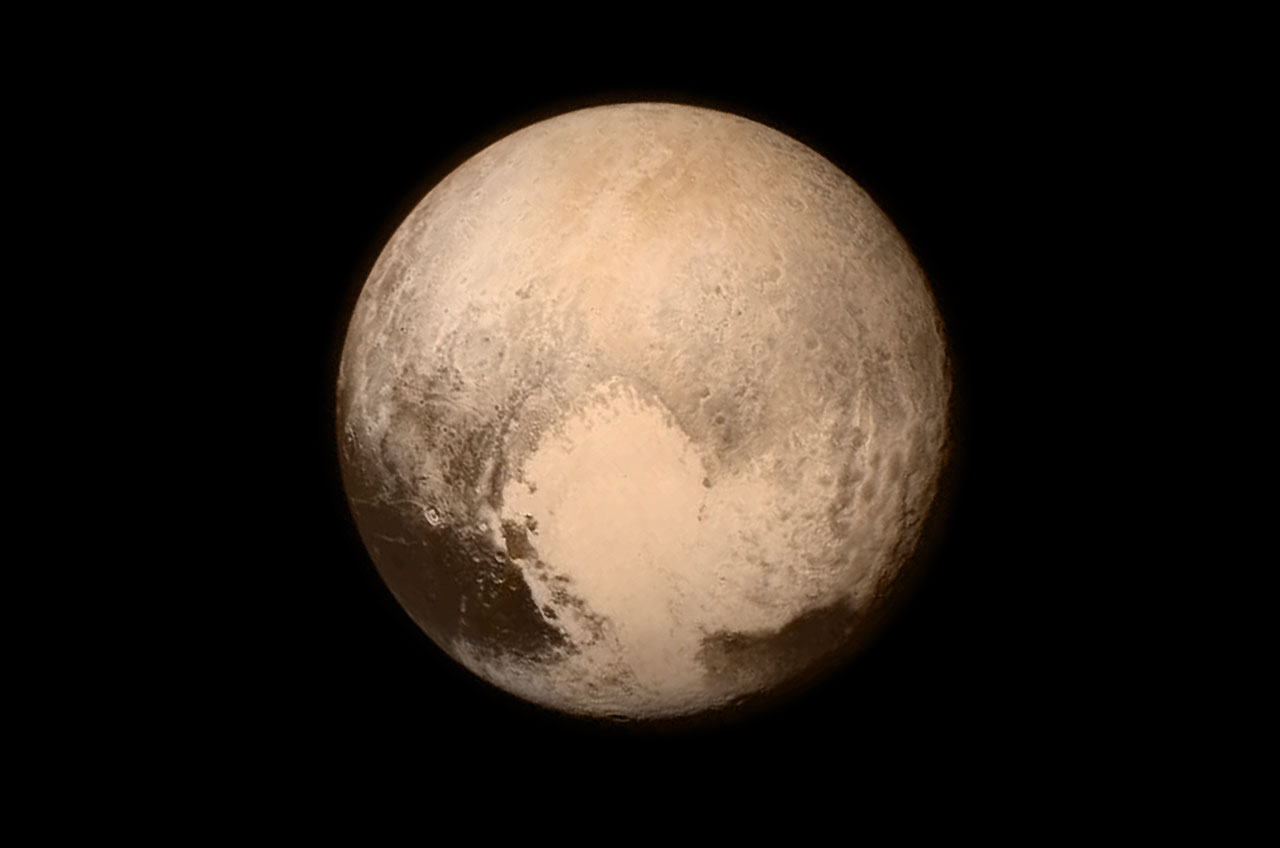
After 76 years of classification as a planet, Pluto was demoted in 2006 to a dwarf planet, in part because of its size but also because of its minor gravitational effects on the bodies around it. When NASA's New Horizons mission visited in 2015, it took the most accurate measurement of the world, revealing it to be larger than previously thought, but still not large enough to be qualified as full-grown planet. Pluto remains one of the most well-known non-planetary bodies in the solar system.
Radius, diameter and circumference
When New Horizons arrived at Pluto, it measured the diameter of the world to be 1,473 miles (2,370 kilometers) across, about two-thirds the diameter of Earth's moon. This makes it larger than the dwarf planet Eris, once thought to be larger than Pluto. Eris is 1,445 miles (2,326 km) in diameter.
"This settles the debate about the largest object in the solar system [beyond Neptune]," New Horizons principal investigator Alan Stern of the Southwest Research Institute in Boulder, Colorado, said during a NASA press briefing reviewing the mission flyby. [See a video of Alan Stern discussing Pluto's size]
Unlike many of the planets in the solar system, such as Earth, Pluto does not bulge at its center; its radius — 1,185 km (737 miles) — is the same at its poles and at its equator.
Circumference: If you were to take a walk around the equator of Pluto, you would travel about 4,627 miles (7,445 km). That is just a bit less than the distance from Denver to London (4,683 miles).
Pluto is thought to have a rocky core covered by ice, which would mean that its surface features would change with temperature as it travels closer to and farther from the sun. In fact, as the ice melts, the atmosphere of the tiny body expands outward.
Density, mass and volume
Although all of the planets beyond Mars are gas giants, Pluto is small and rocky. The tiny body has a mass of only 1.31 x 1022 kilograms, about two-tenths of a percent of Earth's. It has a volume of 1.5 billion cubic miles (6.4 billion cubic km).
Pluto's small size and low mass mean that it has a density of 1.86 grams per cubic centimeter according to recent measurements by New Horizons, about 40 percent of Earth's density.
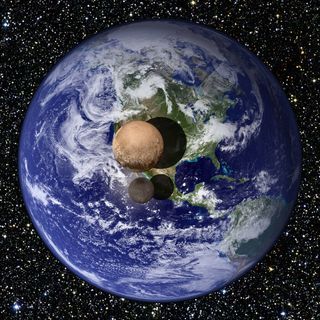
Demoted from planetary status
Since its discovery in 1930, Pluto's status as a planet has been debated. It is less massive than seven of the moons in the solar system — Earth's moon, the four Galilean moons of Jupiter, Neptune's moon Triton, and Saturn's moon Titan. [Infographic: Pluto's 5 Moons Explained]
In 2003, the icy body of Eris was found far beyond the Kuiper Belt. Originally, it appeared to be larger than Pluto. The discovery sparked a debate about what it meant to be a planet.
In 2006, the International Astronomical Union came up with four criteria that cause an object to be classified as a dwarf planet. A dwarf planet:
- Orbits the sun
- Has enough mass to assume a nearly round shape
- Is not a moon
- Has not cleared the neighborhood around its orbit
Under this criteria, Pluto's low mass does not directly keep it from full planetary status, but the fact that it fails to sweep clean the area surrounding it. Of course, the reason it can't clear out the Kuiper Belt it orbits through is because it lacks the gravitational force to do so, a fact related to its mass.
Follow Nola Taylor Redd on Twitter @NolaTRedd or Google+. Follow us at @Spacedotcom, Facebook or Google+. Originally published on Space.com.
Editor's note: This article was updated on March 18, 2016, to correct Pluto's mass, volume and density.
Join our Space Forums to keep talking space on the latest missions, night sky and more! And if you have a news tip, correction or comment, let us know at: community@space.com.
Get the Space.com Newsletter
Breaking space news, the latest updates on rocket launches, skywatching events and more!

Nola Taylor Tillman is a contributing writer for Space.com. She loves all things space and astronomy-related, and enjoys the opportunity to learn more. She has a Bachelor’s degree in English and Astrophysics from Agnes Scott college and served as an intern at Sky & Telescope magazine. In her free time, she homeschools her four children. Follow her on Twitter at @NolaTRedd



